Ticks are no joke.
Though tiny, those little critters can have some serious impact if an infected one bites you or your loved ones, whether they have two logs or four.
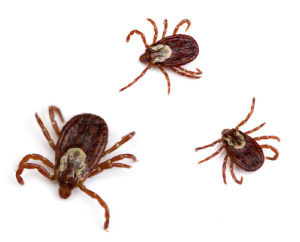 If you live here, you likely know that Lyme disease is a big problem all over New England. According to Acton Wicked Local, there were there were 4500 cases of Lyme disease in Massachusetts in 2016 alone.
If you live here, you likely know that Lyme disease is a big problem all over New England. According to Acton Wicked Local, there were there were 4500 cases of Lyme disease in Massachusetts in 2016 alone.
But that’s not the only one — there are many other tick-borne illnesses we need to watch out for, including Babseiosis, which is more concentrated in Middlesex County than anywhere else in the state.
While Acton is a part of the Middlesex Tick Task Force, that basically tells you what to do after you get bitten by a tick. And that same Wicked Local article says that public health officials claim “A little bit of vigilance, and some bug spray, can go a long way in reducing the health risks associated with ticks.” That’s a nice sentiment, but it takes more than “vigilance and bug spray” to prevent tick-borne illnesses.
Wouldn’t you rather just avoid these little monsters all together?
That’s when you call a professional Acton tick control company.
Acton tick control should be taken seriously, because these little suckers are nothing to mess around with.
As it happens, the same specially formulated barrier spray treatment that is used for mosquitoes also eliminates adult ticks and fleas by up to 90%. But with ticks, professionals take it one step further to protect people and pets from tick and tick-borne diseases.
Acton Tick Control: Step One
 The first thing a reputable tick control company will do for Acton tick control is treat the perimeter of your yard and work inward, just like a traditional barrier treatment. Making sure to treat all the foliage while avoiding flowers, plus surfaces around and underneath patios and decks. But for the ticks, extra attention is given to the tall grassy areas, because that’s where they usually hang out — breeding, resting, and well, waiting for dinner. You don’t want it to be you!
The first thing a reputable tick control company will do for Acton tick control is treat the perimeter of your yard and work inward, just like a traditional barrier treatment. Making sure to treat all the foliage while avoiding flowers, plus surfaces around and underneath patios and decks. But for the ticks, extra attention is given to the tall grassy areas, because that’s where they usually hang out — breeding, resting, and well, waiting for dinner. You don’t want it to be you!
Since a barrier treatment formula is time released, it eliminates ticks, mosquitoes, and other creepy-crawlies for three weeks before needing reapplication. This way it also prevents future ticks by stopping their eggs from hatching, which puts a halt to the next generation,
Acton Tick Control: Step Two
 Lyme Disease and other tick born illnesses are caused by bacteria transmitted most often by the deer tick, but other ticks are carriers, too. Of course, not all ticks are carriers of dangerous pathogens, but it’s best to err on the safe side. Ticks become infected when they feed on small animals, such as mice, that are infected. By going straight to the source through the implementation of tick tubes, you are able to stop the cycle of disease where it would normally start.
Lyme Disease and other tick born illnesses are caused by bacteria transmitted most often by the deer tick, but other ticks are carriers, too. Of course, not all ticks are carriers of dangerous pathogens, but it’s best to err on the safe side. Ticks become infected when they feed on small animals, such as mice, that are infected. By going straight to the source through the implementation of tick tubes, you are able to stop the cycle of disease where it would normally start.
Tick tubes are small, biodegradable tubes strategically placed around your yard. They are stuffed with a treated cotton that entice mice to bring back to their nests. When a tick bites one of these mice, it is eliminated shortly afterward. This extra, proactive step is offered by your tick control professionals for Acton tick control, helping eliminate the tick population in your yard by up to 90%. This method gets rid of ticks way before they come anywhere near you or your loved ones.
All-Natural Tick Control Solution
 Professional tick control products are EPA registered, but if you consider yourself a little more “crunchy” and prefer an all-natural solution, they are available. An all-natural formula with essential oils at its base, repels rather than eliminates, yard pests. Most folks notice a reduction in yard pests between 65-80% using this method. Also time-released, I recommend reapplying this formula after two weeks.
Professional tick control products are EPA registered, but if you consider yourself a little more “crunchy” and prefer an all-natural solution, they are available. An all-natural formula with essential oils at its base, repels rather than eliminates, yard pests. Most folks notice a reduction in yard pests between 65-80% using this method. Also time-released, I recommend reapplying this formula after two weeks.
Ticks are no joke. They should be taken very seriously for the health of your family. I recommend professional year-round tick control for your Acton MA home.
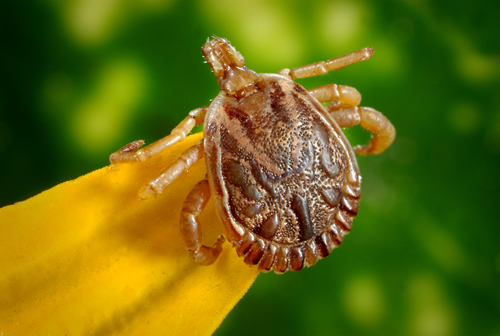
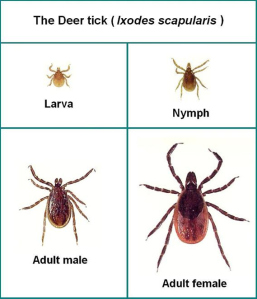 What do ticks look like?
What do ticks look like? How big are
How big are 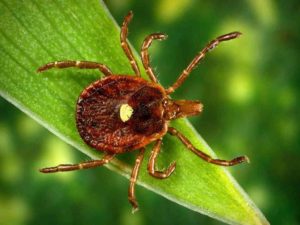 Ticks do not have wings. They do not fly or jump. Ticks quest by attaching themselves to plants or limbs. They hold on to leaves and grass with two sets of their legs, and outstretch their other legs awaiting a host to pass. If you are wondering how ticks cover so much territory, it is because they are transported by their hosts – animals and humans. The sheer number of ticks in Central Mass might make it seem like they are fast travelers. This is untrue without a host. Ticks are just – everywhere!
Ticks do not have wings. They do not fly or jump. Ticks quest by attaching themselves to plants or limbs. They hold on to leaves and grass with two sets of their legs, and outstretch their other legs awaiting a host to pass. If you are wondering how ticks cover so much territory, it is because they are transported by their hosts – animals and humans. The sheer number of ticks in Central Mass might make it seem like they are fast travelers. This is untrue without a host. Ticks are just – everywhere! No, they do not! Even in cold Central Mass winter temperatures, ticks are resourceful and will survive in nests of other animals or even underground. Ticks will lie dormant in winter, waiting for warm weather to return, so they can invade our favorite outdoor spaces.
No, they do not! Even in cold Central Mass winter temperatures, ticks are resourceful and will survive in nests of other animals or even underground. Ticks will lie dormant in winter, waiting for warm weather to return, so they can invade our favorite outdoor spaces. Can a tick bite kill you?
Can a tick bite kill you?
 While all of this sounds like a wild science-fiction movie, it is real life. The idea is simpler than the science behind it, so I will explain the anticipated outcome of gene-edited mice. Esvelt says that they intend to edit the DNA of 2,000 mice, or less, and release them into the wild. The white-footed mouse already produces natural antibodies for the Borrelia burgdorferi bacteria. Because of these antibodies, not all mice are infected with the Lyme-causing bacteria. The idea is to edit the DNA of white-footed mice, so they naturally produce higher levels of the natural bacteria-fighting antibodies. These transgenic mice will reproduce new generations, who naturally have higher antibodies against the bacteria. When they are bitten by ticks, they will have no Lyme bacteria to pass on to the tick – essentially breaking the cycle of the spread of Lyme disease. The problems is, we are unsure of what an
While all of this sounds like a wild science-fiction movie, it is real life. The idea is simpler than the science behind it, so I will explain the anticipated outcome of gene-edited mice. Esvelt says that they intend to edit the DNA of 2,000 mice, or less, and release them into the wild. The white-footed mouse already produces natural antibodies for the Borrelia burgdorferi bacteria. Because of these antibodies, not all mice are infected with the Lyme-causing bacteria. The idea is to edit the DNA of white-footed mice, so they naturally produce higher levels of the natural bacteria-fighting antibodies. These transgenic mice will reproduce new generations, who naturally have higher antibodies against the bacteria. When they are bitten by ticks, they will have no Lyme bacteria to pass on to the tick – essentially breaking the cycle of the spread of Lyme disease. The problems is, we are unsure of what an 
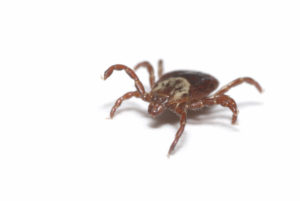

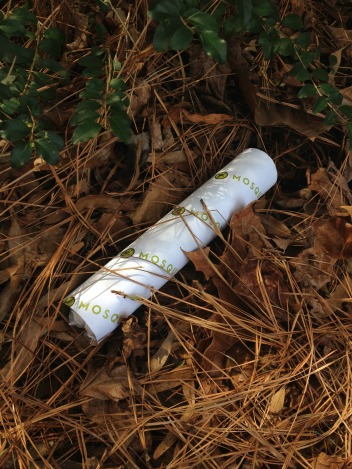 While Lyme disease is most prevalent here, and while not all ticks carry diseases, the ones that carry Lyme are the deer tick. But contrary to their name, the main blood meal for a nymph deer tick is actually mice. To eliminate ticks in their younger stages, reputable Natick tick control companies employ a special tactic called
While Lyme disease is most prevalent here, and while not all ticks carry diseases, the ones that carry Lyme are the deer tick. But contrary to their name, the main blood meal for a nymph deer tick is actually mice. To eliminate ticks in their younger stages, reputable Natick tick control companies employ a special tactic called  While any reputable tick control company’s products will be EPA-registered, many also offer an
While any reputable tick control company’s products will be EPA-registered, many also offer an 




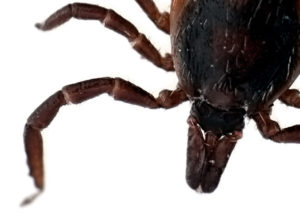 The first thing your mosquito control professional does is follow the same
The first thing your mosquito control professional does is follow the same 
 That’s an option too. Professional mosquito control products are EPA-registered, but there are some people who want to be as “green” as can be, so there are essential-oil based,
That’s an option too. Professional mosquito control products are EPA-registered, but there are some people who want to be as “green” as can be, so there are essential-oil based, 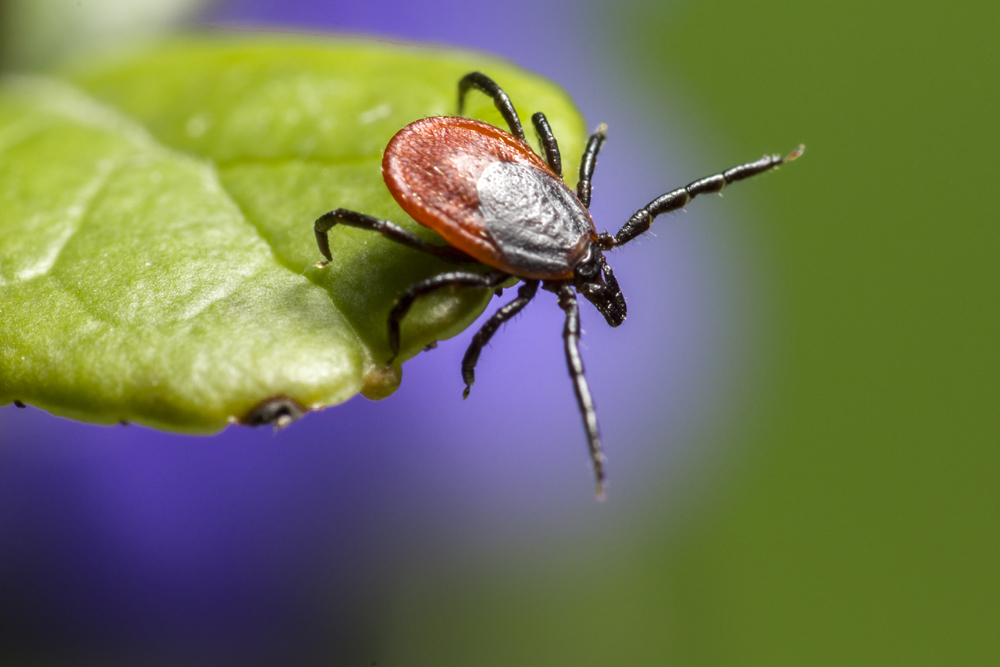


 If you are going to be outdoors, wear long sleeves and pants in light colors, so you can spot a tick easily if it gets onto your clothing. Use personal tick protection measures – repellents with
If you are going to be outdoors, wear long sleeves and pants in light colors, so you can spot a tick easily if it gets onto your clothing. Use personal tick protection measures – repellents with  Once ticks become dormant, yard sprays are not essential, but it is wise for Central Massachusetts residents to employ additional tick control with tick tubes.
Once ticks become dormant, yard sprays are not essential, but it is wise for Central Massachusetts residents to employ additional tick control with tick tubes. 

 Getting a jump start on springtime tick control is essential in the fight against the spread of tick-borne diseases. Before you hire a
Getting a jump start on springtime tick control is essential in the fight against the spread of tick-borne diseases. Before you hire a 



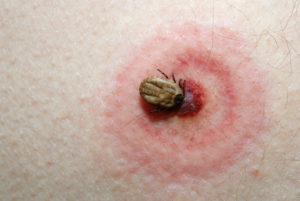 Lyme disease marker proteins are present in very low levels, and are difficult to detect. For this reason, multiple tests are required to achieve a clear diagnosis, even on patients, who already have symptoms. The new test is purported to identify those disease markers directly with one small blood sample. The
Lyme disease marker proteins are present in very low levels, and are difficult to detect. For this reason, multiple tests are required to achieve a clear diagnosis, even on patients, who already have symptoms. The new test is purported to identify those disease markers directly with one small blood sample. The